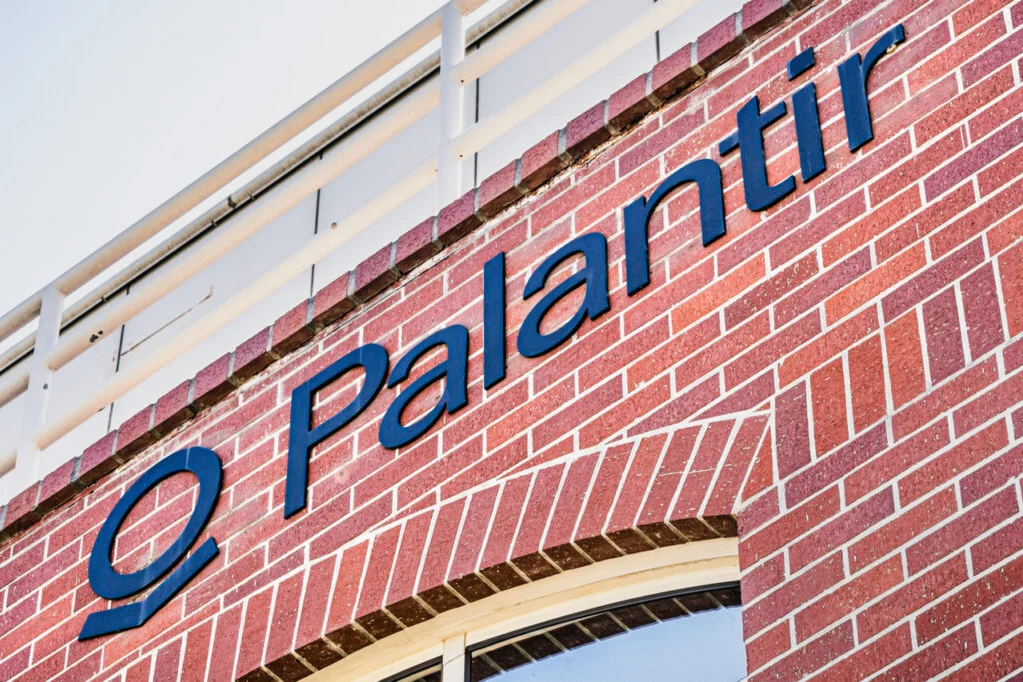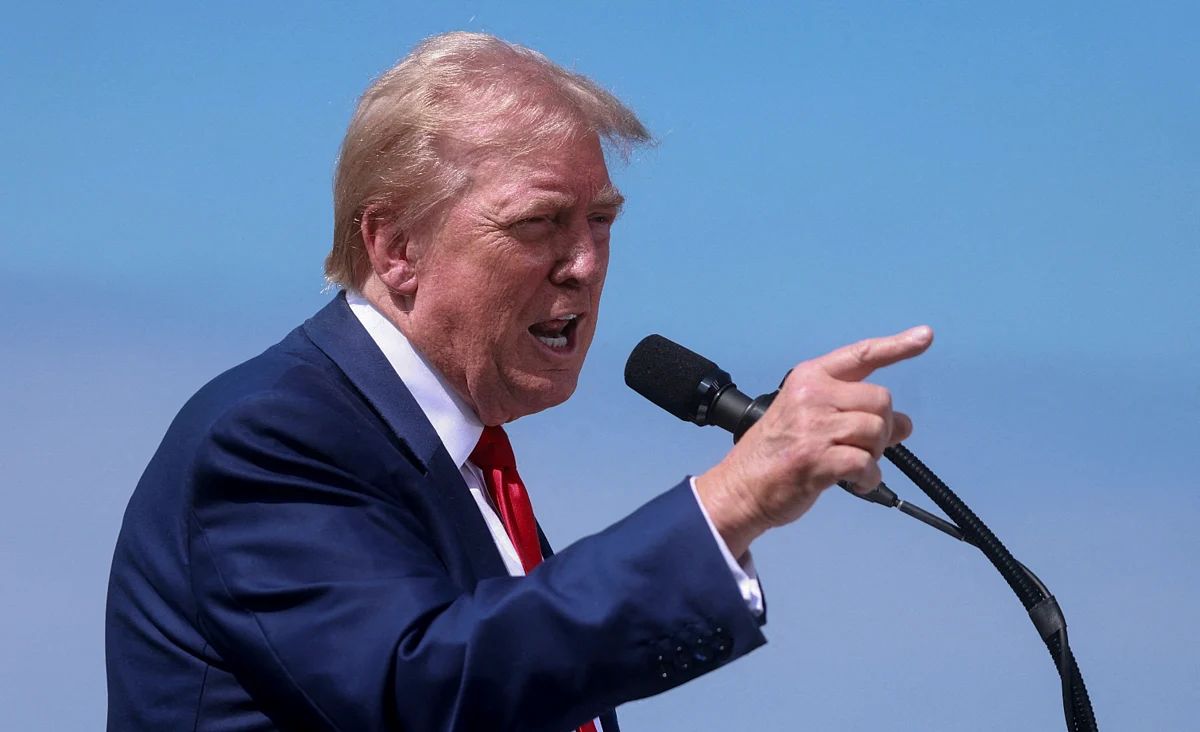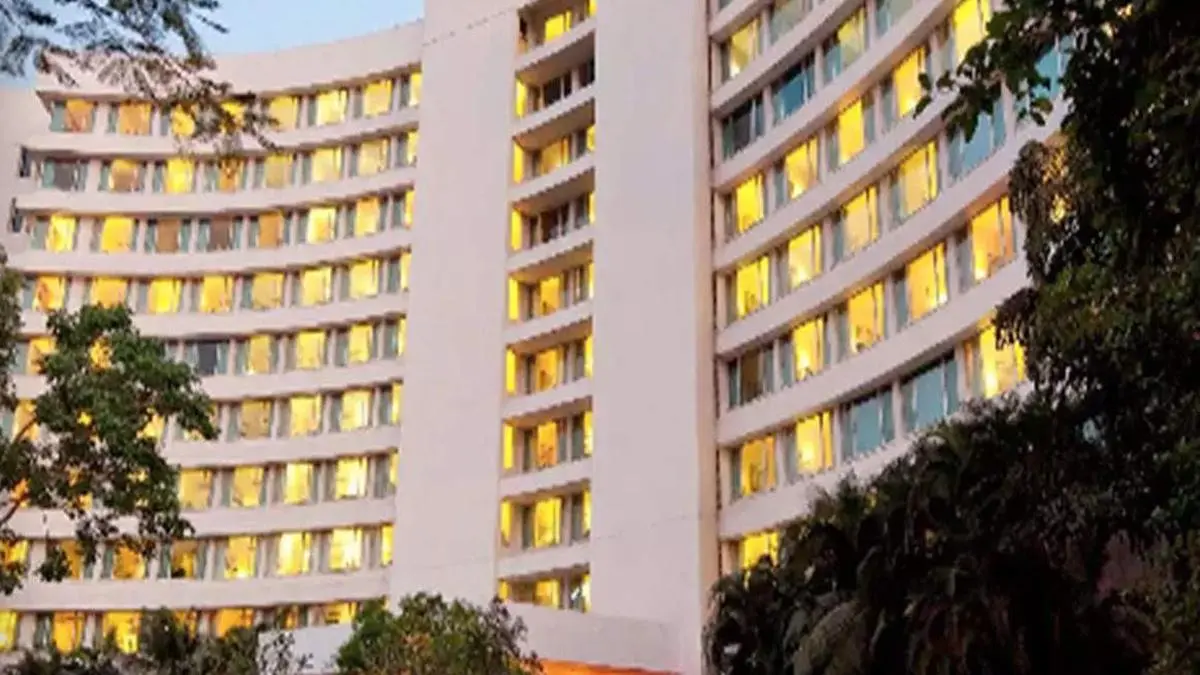Copyright The New York Times

Since the federal government shut down on Oct. 1, people who fly on commercial airlines have faced disruptions, delays and deepening flight cuts at 40 busy airports. At the same time, the private aviation industry had its best month in nearly 20 years, according to industry numbers. The U.S. market saw about 245,000 private jet departures in October, an increase of more than 5 percent compared to the same period last year, according to the business aviation tracker WingX. The highest demand came from the states of Florida, Texas and California, which together accounted for more than 30 percent of the total private jet activity last month, said Nick Koscinski, a WingX analyst. Private jet companies reported record customer bookings during the shutdown, which they attributed to both seasonal demand and shutdown-related airline disruptions. Flexjet, a private jet company with headquarters in Ohio, said that flying hours increased by more than 20 percent in October compared to last year. In the first week of November, flying hours increased by 42 percent compared to last year, the company said. October was the busiest month to date this year for Magellan Jets, which saw a 17 percent increase in demand compared to the previous month, a company spokeswoman said. Cirrus Aviation Services, a private jet charter company based in Las Vegas, had 928 flights in October and didn’t cancel a single one. Private jets can be more nimble than airlines when scheduling flights and can avoid commercial airport hubs targeted by the government’s flight cuts, said Greg Woods, the company’s founder and chief executive. “Flying direct on private and flying from your home airport directly to the airport that’s closest to your place of business is very advantageous,” Mr. Woods said. Last Friday, the Federal Aviation Administration began cutting flights at 40 U.S. airports, starting with a 4 percent reduction in traffic. Those cuts will ramp up to a 10 percent reduction by Friday if the shutdown is ongoing. Overall, commercial airlines canceled more than 1,000 flights per day since the reductions began, according to flight data. When the F.A.A. announced its flight restrictions last week, it said that cargo flights and space launches would also be affected. General aviation, which includes private jets, could be reduced by up to 10 percent, the F.A.A.’s order said. Several busy airports for private aviation, including Teterboro Airport in New Jersey and Dallas Love Field in Texas, have been required to reduce flights. Private jet companies said they operate in the U.S. primarily at private airports and terminals away from the most congested commercial airports. This allows them to minimize delays and quickly pivot to new destinations. Instead of flying through airports like Los Angeles International Airport, for example, Cirrus Aviation Services generally opts for Van Nuys Airport or Long Beach Airport, Mr. Woods said. Doug Gollan, the founder of Private Jet Card Comparisons, which monitors private aviation, emphasized that the industry has seen some effects from the shutdown. There are still delays and crowding at private terminals, just less than at commercial airports, he said. “Maybe there’s 20 other people there as opposed to 200 people in a line going around the corner to get into the United Club,” he said. “It’s not that you’re avoiding all of the havoc, you’re just minimizing it.” On Sunday, the F.A.A. announced new restrictions that would specifically target private jet travel at 12 major commercial airports, prompting a statement from the National Business Aviation Association, a lobbying group for private business aviation. “Above all, this moment underscores the need to reopen the government to serve all Americans,” the statement said. October’s surge is part of a broader trend this year of increased private jet flying in the United States. Executives and analysts said the convenience and time savings are the main draws, for people who can afford it. It’s an “expensive time machine,” Mr. Woods said. And ultimately, airline disruption is good advertisement for private aviation, Mr. Gollan said. “The airlines are the best brochure for private jets; the experience doesn’t get better, it gets worse,” he added. Follow New York Times Travel on Instagram and sign up for our Travel Dispatch newsletter to get expert tips on traveling smarter and inspiration for your next vacation. Dreaming up a future getaway or just armchair traveling? Check out our 52 Places to Go in 2025.



